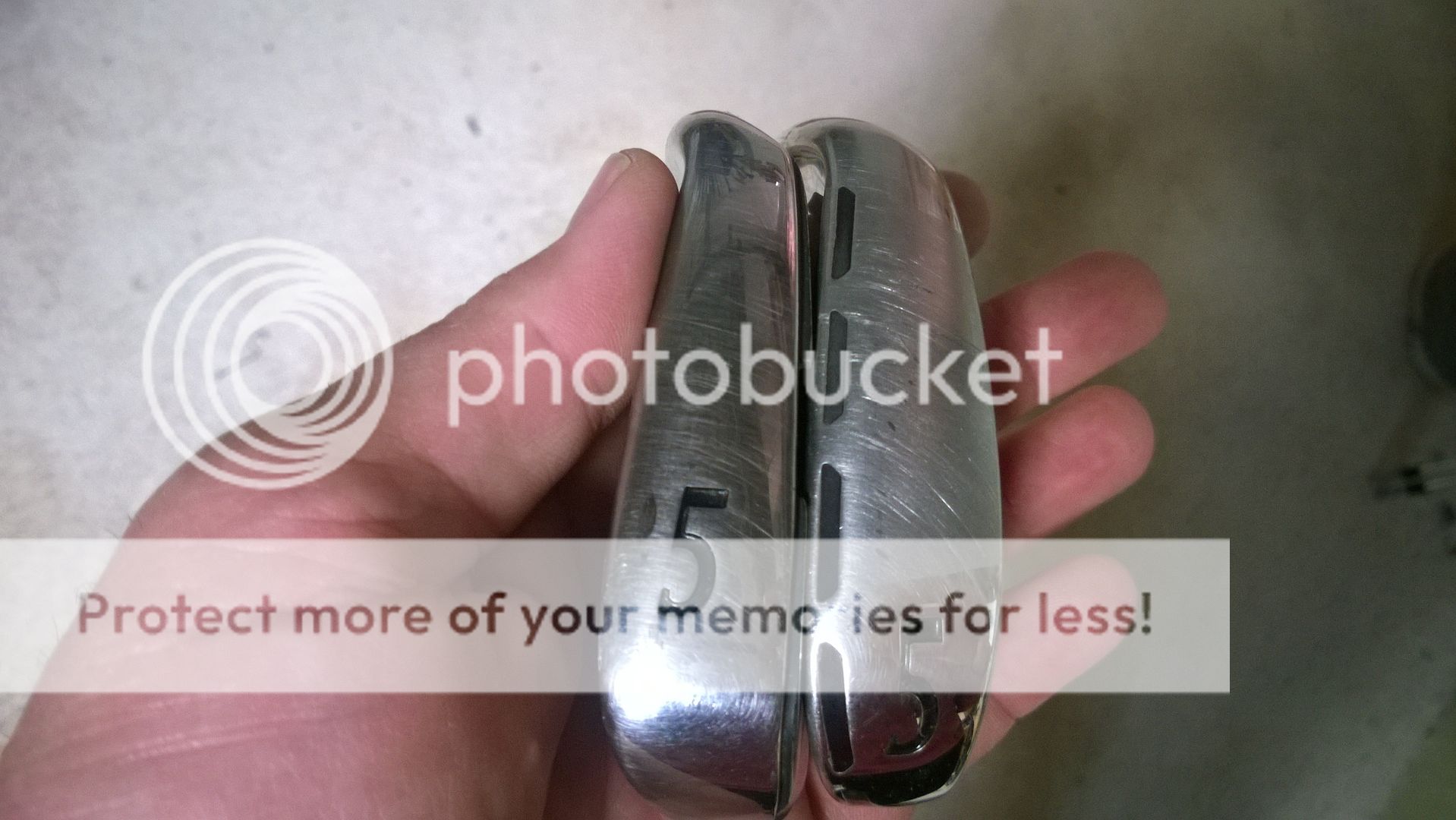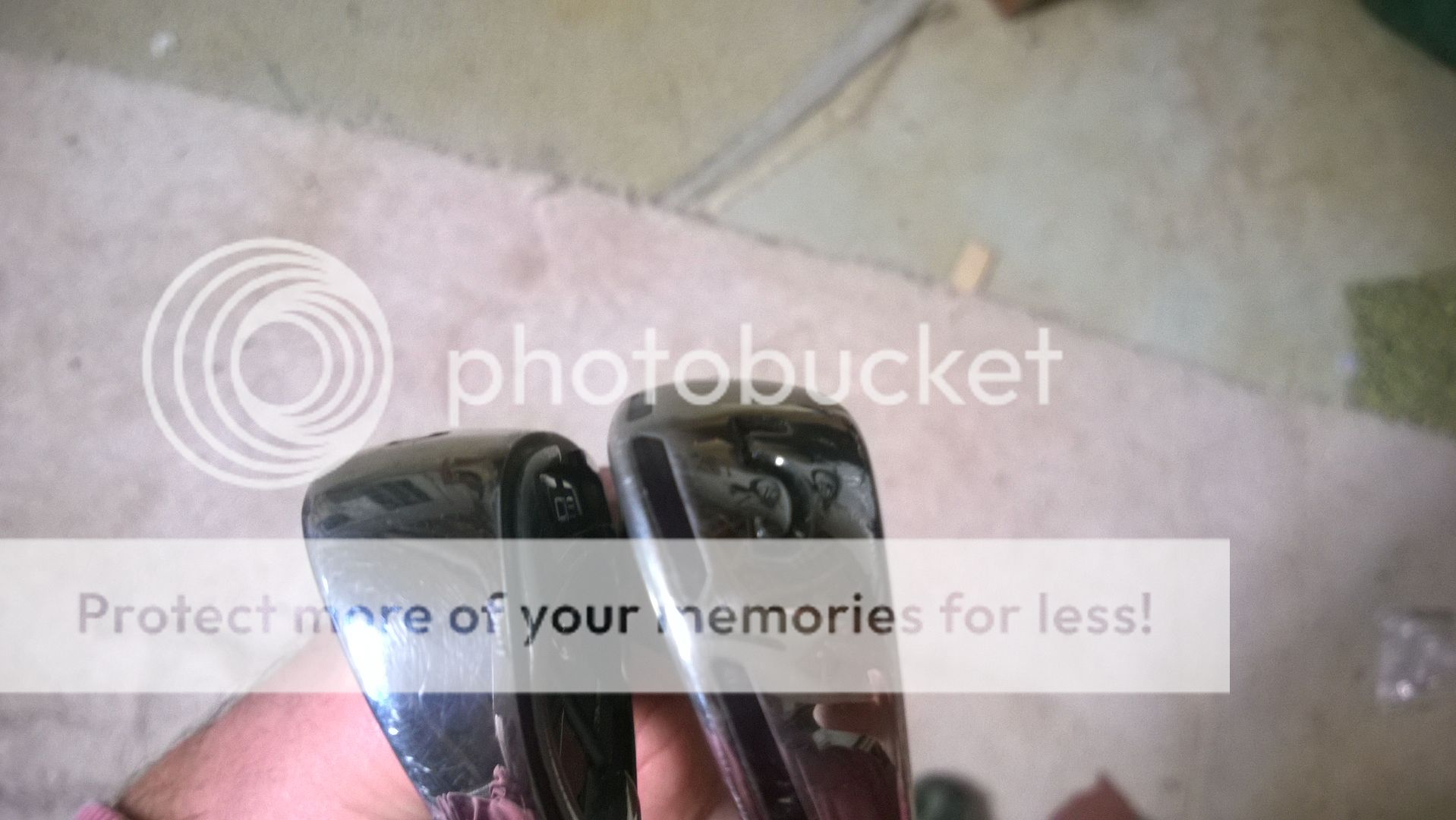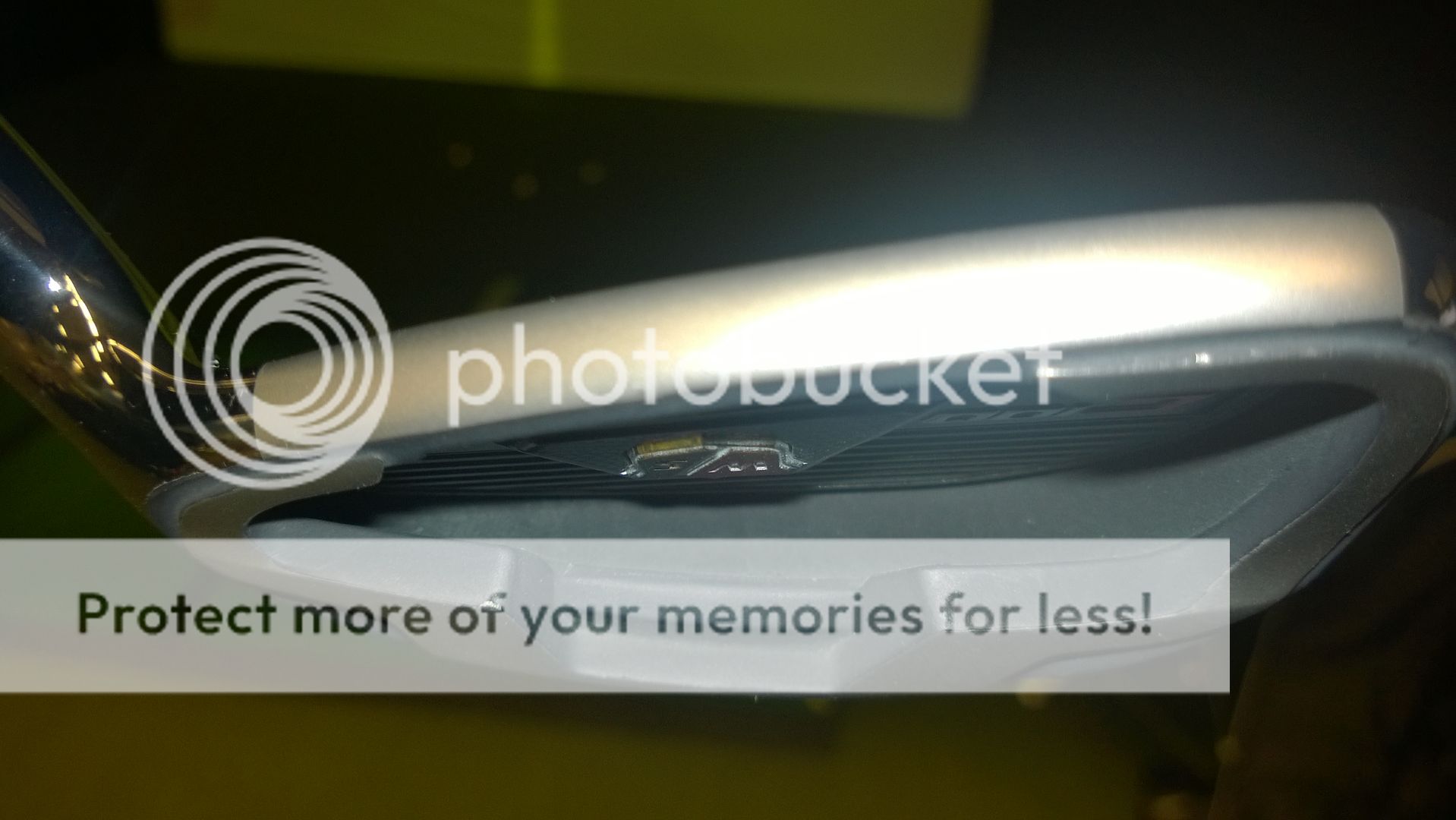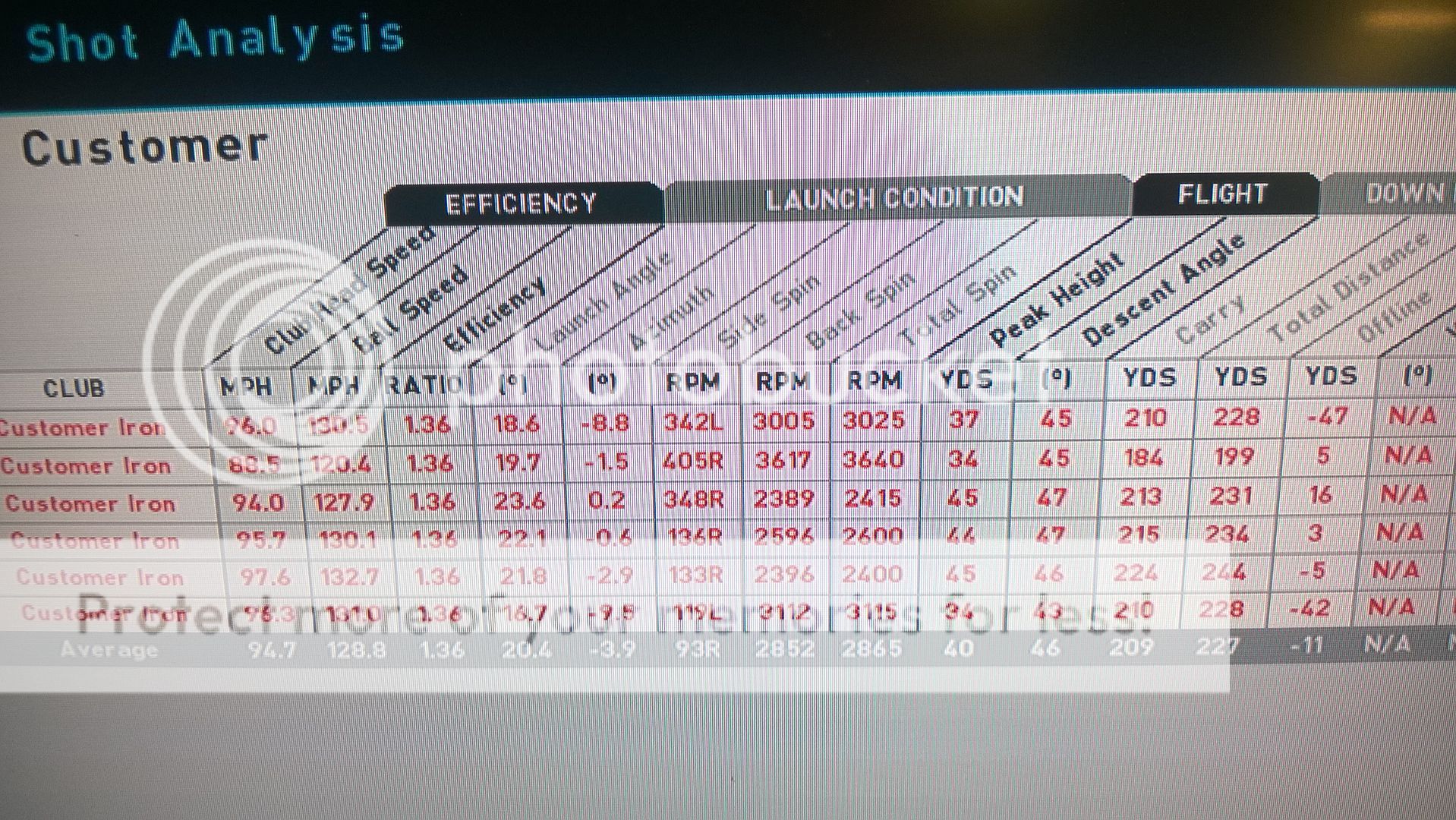mikedean441
6X HOF
7IDude, that is one of the funniest things I've read on THP. The wife thing...
One of my favourite memories of #staffproto was watching mikedean441 (who was not golfing that day) casually throw a ball on the fairway from about 130 yards (441 you can correct the distance if you remember it), grab his C200 and launch a dart to about 3 feet. Then we walks away like #AintNoBigDeal.
141 yards
2 feet
Like.A.Boss












































